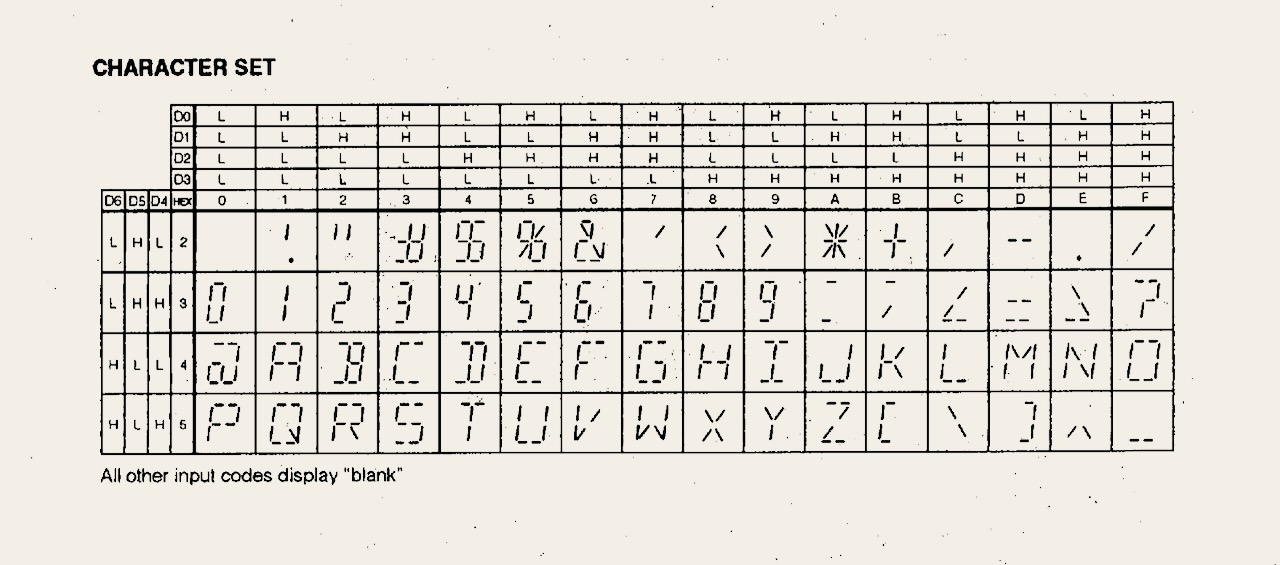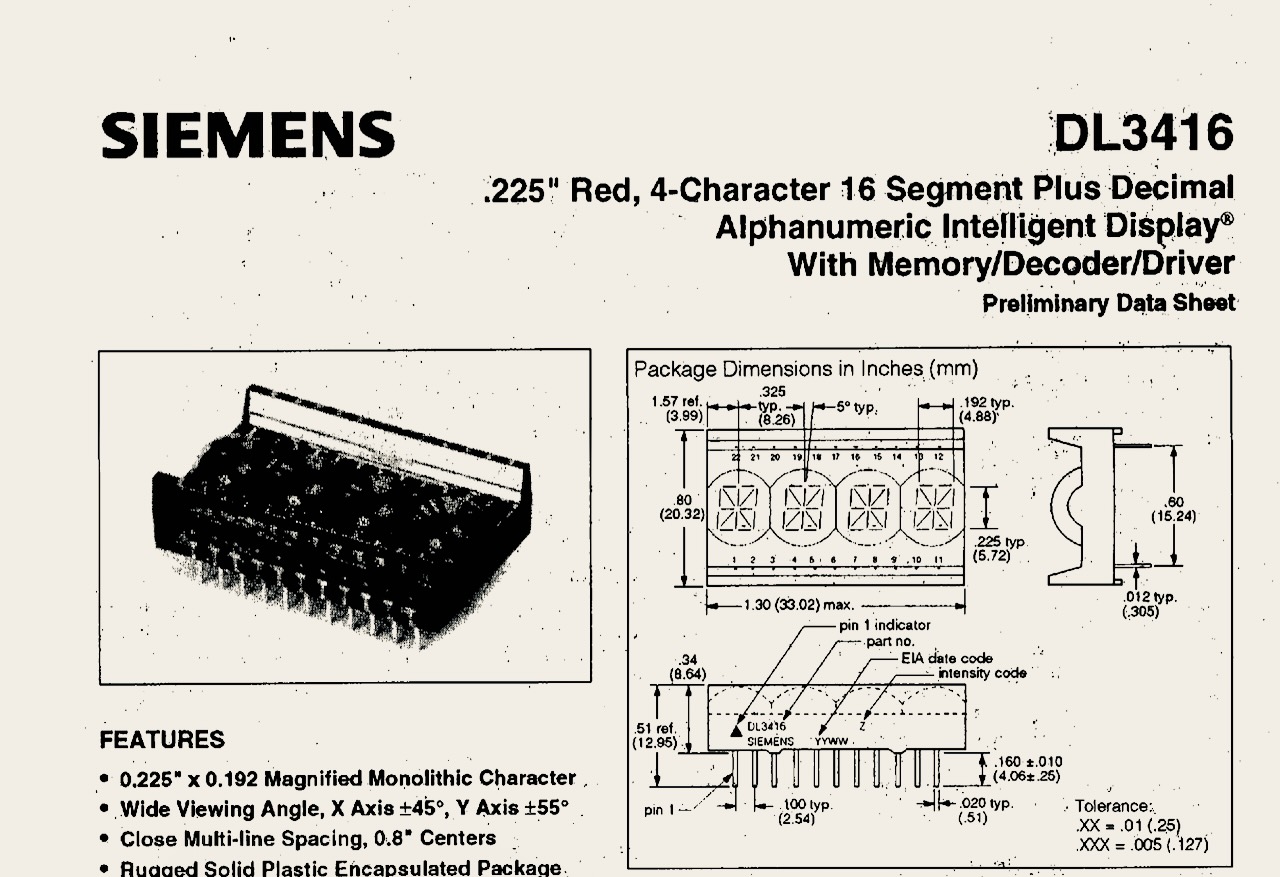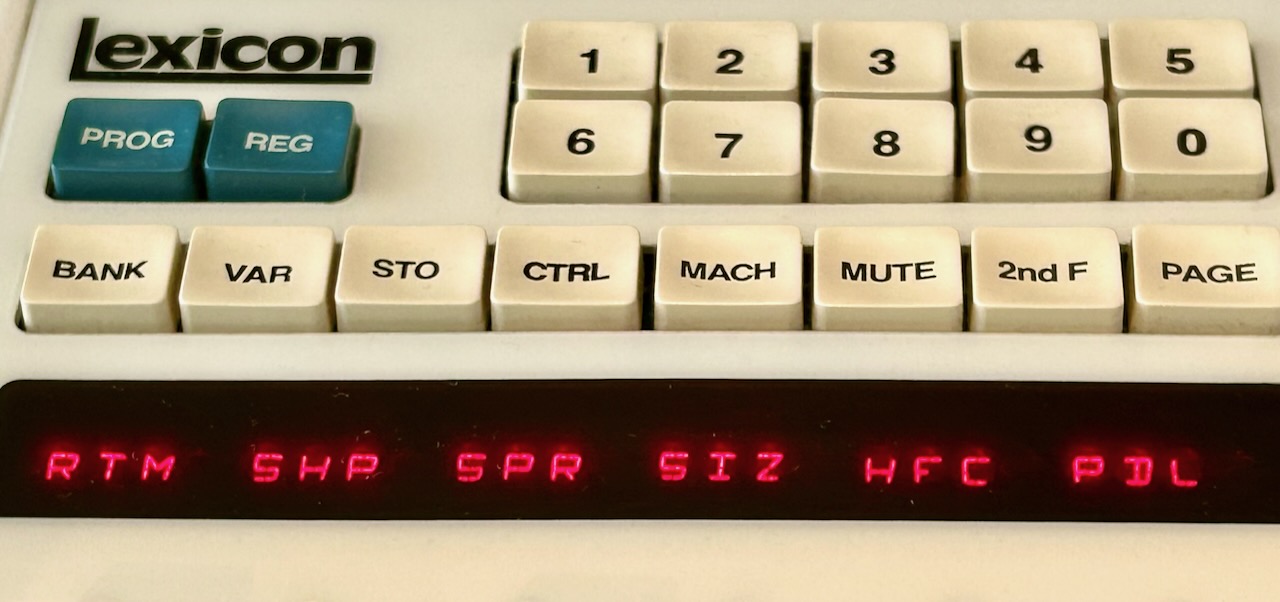The Henke-DL3416 font
A free font based on the Siemes DL3416 intelligent LED display.

The artwork of the Monolake album 'Studio' is using a font specifically created for it: Henke-DL3416. It is a careful recreation of the Siemens sixteen segment LED display DL3416.
This display or smaller variants like the Siemens DL2416 have been used in several iconic musical instruments of the 1980s including the Lexicon 480 LARC, the AMS RMX 16, the Oberheim DMX drum computer, and the keyboard of the Fairlight CMI. I also chose these displays for my own 8bit computer, Firebird.
The font has been created by Berlin based font designer Verena Gerlach.
Please note that this font only contains the characters which were available with the original display. All other characters, such as small letters are not part of this package. The same goes for bold or italic versions.
Download the font
Here is the link to download the font: Henke-DL3416.ttf.zip
Please search the web for how to install fonts in your computer. You can use this font for whatever you want, but if it's for a commercial context, please credit the creator, Verena Gerlach. https://www.fraugerlach.de

A bit of context and history
With the invention of the light emitting diode (LED) in the late 1960s it became possible to build small optical indicators that had several advantages over classic light bulbs: No heat, much longer live span, and less power consumption. The most basic display type widely in use was (and still is!) the seven segment display, which utilises seven bar shaped LEDs to display numbers from 0 to 9, and which to some extend also allows to write letters, such as 'A,b,C,d,E,F,G,H,L'. Owners of some early 1980s digital instruments are very familiar with that...
By adding a few more segments it became possible to display the complete alphabet in a readable and convincing way, and this is the birth of the 16 segment display. Now a new problem occurs in practise: To show meaningful text with several letters, you need at least four characters, with a lot of wires and control electronics around the display. The solution was to contain four or eight characters and their control circuits within a single display unit, and this is exactly what these 'intelligent' display like the DL3416 are.
Already in the late 1990s those units were mostly replaced by LCD displays with integrated back light, making it possible to show multiple characters of text and even graphics with much more freedom. And in the 21st century, organic LED displays (OLEDs) finally took over, which allowed high resolution multicolor displays.
The charming red glow of the now vintage intelligent LED displays became an artefact of the past, a collectors item.

The Lexicon Alphanumeric Remote Console (LARC).